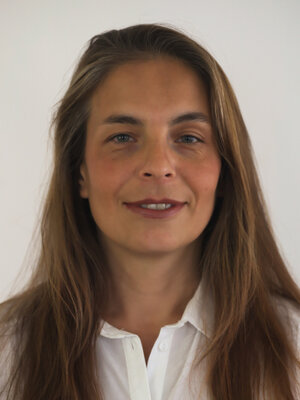
Lect.PhD. Arch. Valerica Potenchi
The Study of Form and Ambience Department coordinates all theoretical and design activities meant to assure to the future architect the necessary knowledge and abilities for representing architectural forms and details. The department’s members manage the specific disciplines within all the faculties belonging to the “Ion Mincu” University of Architecture and Urban Planning: Faculty of Architecture, Faculty of Interior Architecture and Faculty of Urban Planning.
In the academic year 2007-2008 are involved in the Study of Form and Ambience Department for the process of students education 19 full-time teaching staff (1 professor, 2 conferentiars, 6 lecturers and 10 assistants) and 26 part-time teaching-staff.
As it’s obvious from it’s own entitling, the department coordinates all the activities that have as main purpose understanding and representing architectural forms, activities linked directly with the assimilation of the specific language of architectural profession.
The objectives within the SFA department consist both in studying some basic forms and specific representations in architectural design, and helping students to imagine and represent the 3 dimensional objects with 2 dimensional drawings.
An architect has to possess the ability of representing in drawings an object from real world and vice versa, to imagine the object after reading it’s 2D representations. Thus, the studied disciplines guides the students to understand spatial forms, used as surfaces and structures in all architectural and construction achievements.
The compulsory disciplines aim at assimilation of the basic elements in architectural representations: basic elements for education of spatial perception; study of geometrical forms with direct implication in architecture (polyhedrons, geodesic domes, spatial structures, ruled surfaces); quick and expressive drawing of an architectural perspective; order of drawing act, patience, concentration capacity, professional ethics and, not at the least, the capacity of gradually increasing knowledge from simple to complex; aesthetic feeling in organising and presenting the drawing as an object; representing objects by observation drawing; expressing and handling 3D forms by material (modelling and shaping); initiation in space morphology (spatial delimitations) from elementary to reciprocal relations between elements (light – space, colour – light – space, texture – colour – light – space); creating, modelling and viewing architectural ensembles with computer’s aid and an investigation in the virtual reality world using in a professional way the light and the colour.
The optional disciplines within the department allow students to study deeply into the following problems:
- presentation of visual arts (painting, sculpture, graphic) from the oldest times to present;
- definition of style and the style formation, regarding it’s contemporary interpretations;
- introduction to specific problems and instruments of Graphic-design;
- acquainting students with computer aided architectural design for a real school project, following all the phases: library and site study, corrections, drawing and presentation of the project on computer.
The Furniture Project for the 3rd year students is meant as an application to the notions about formal configurations associated to those of functionality and technology taught in the Furniture course. At the same time it represents the first design exercise (creativity and interactive design). Students are asked to create a multifunctional object (for instance, a device for a studying place) executed from panels, with assemblage details and specific manipulation accessories (hinges, knobs, sliding etc.)
The disciplines coordinated by the SFA department are based on a series of theoretical lectures (on board or on computer) that are followed by practical exercises.
The department is well equipped with IT laboratory and a drawing/painting rooms/spaces.
Through its relationship with various design associations and firms, and with Romanian branches of international foundations, with which the department has membership with or is affiliated to, new practical possibilities are expected for the benefit of our educational activity.